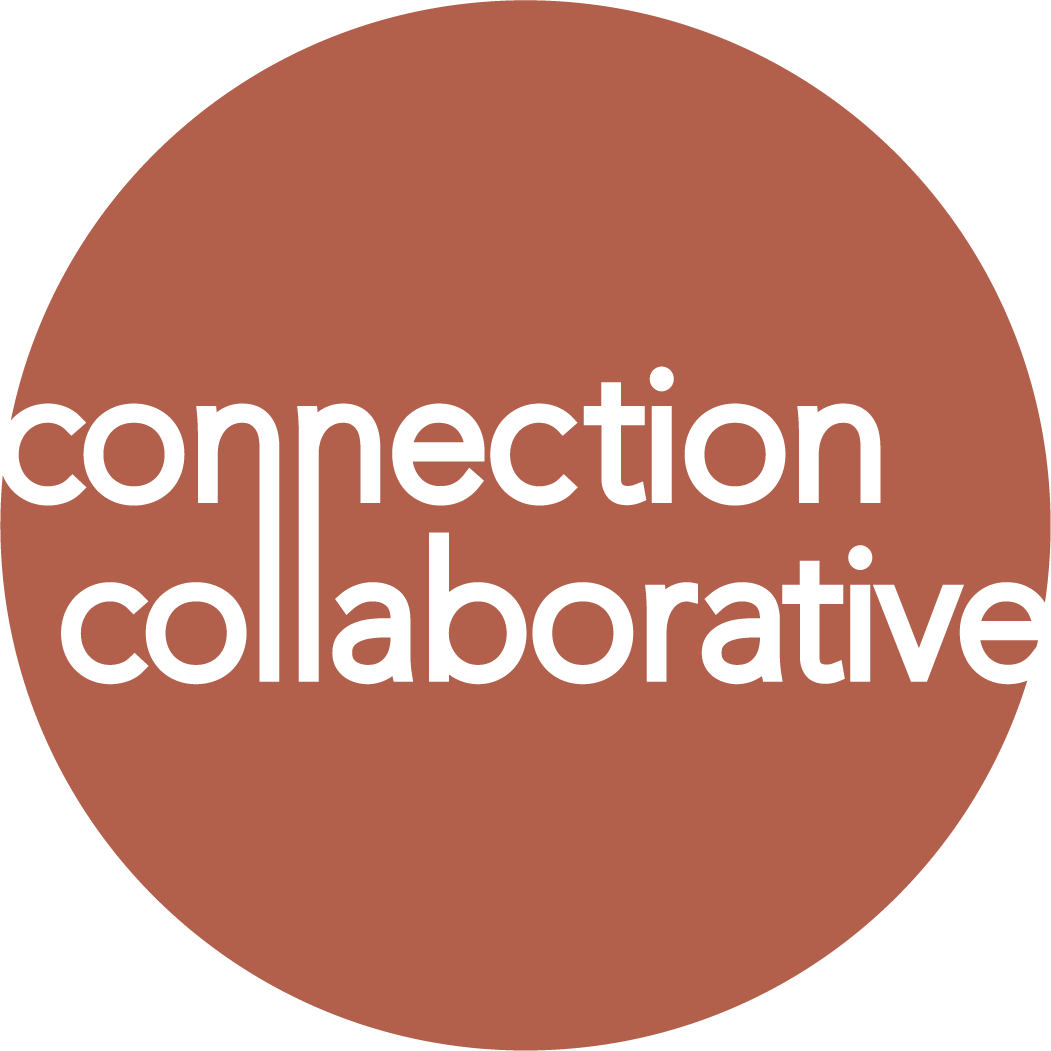Staying True to Who You Are
In times of growth, disruption, or transformation, organizations face an essential question: What can we adapt, and what must remain unchanged to preserve who we are?
Your organization’s identity is more than a logo or tagline—it’s a combination of given, chosen, and core identities that define your purpose, culture, and impact. Losing sight of this balance can lead to confusion, misalignment, and mission drift.
Understanding Your Organizational Identity
Your identity is made up of three key concentric circles:
Given Identity: The Unchangeable Foundations
These are the fundamental aspects of your organization that are intrinsic and non-negotiable. This could include your founding mission, values, or a deep-rooted commitment to a specific community or cause. You might also think of this circle as your “external expression and reputation”.Chosen Identity: The Aspects You Shape Over Time
These are decisions your organization makes about how it operates, presents itself, and evolves. This could include branding, partnerships, internal policies, and strategic priorities. You might also think of this circle as your “culture and unique approach”.Core Identity: The Line You Cannot Cross Without Becoming Something Else
This is the essence of who you are—the throughline that must remain intact even as you adapt. If you were to change it, you wouldn’t just be evolving; you’d be transforming into a different entity altogether. You might also think of this circle as your “core values and purpose”.
Exercise: The Identity Boundary Map
To clarify what should evolve and what must remain constant, take your leadership team through this reflection:
Step 1: Define Your Core Identity (What must never change?)
What is the central purpose that drives our work?
If we removed one key value or belief, would we still be the same organization?
What is the single most important promise we make to our stakeholders?
Step 2: Identify What Can Evolve (What is flexible?)
How have we adapted over time without losing our essence?
Where do we have room to grow while staying aligned with our mission?
What external pressures (funding, trends, technology) are influencing change, and how do we navigate them without compromising who we are?
Step 3: Draw the Line You Won’t Cross (What would fundamentally change us?)
What types of opportunities or shifts would pull us away from our identity?
Have we ever made a change that felt like it weakened our core purpose?
How do we ensure alignment when making big decisions?
Why This Matters
Organizations that clearly define their identity and boundaries are more resilient, trusted, and mission-driven. They can adapt strategically in times of change without losing what makes them them. By intentionally shaping your chosen identity while fiercely protecting your core, you can evolve with confidence—even in uncertain times.
